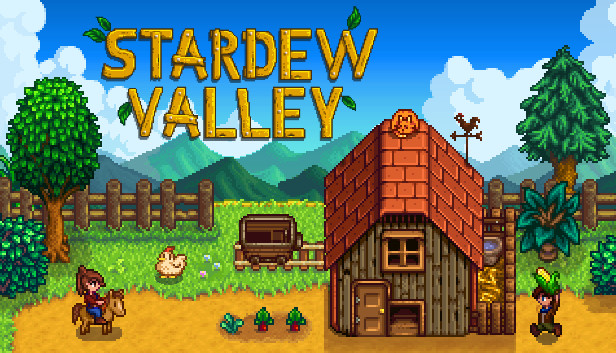Steve Neale - Stranger Things 4
- Nick Saward
- Oct 6, 2022
- 3 min read
Updated: Oct 13, 2022
Stranger Things is set in 1980s Indiana, where a teen with powerful psychic powers escapes a sinister government installation. Eleven joins' forces with local nerds Mike, Dustin, Lucas and Will to battle demogorgons, the Mind Flayer and other monsters, including the chillingly calculating Dr Brenner. Season 4 in particular is separated into two different volumes, which were released at different times. The plot follows on with the main characters developing stories, but the main villain of the season is a creature known as 'Vecna', a humanoid monster with black skin and movable vines that protrude from his entire body. I have chosen this media product as I watched all four seasons of it during the summer and so I can remember clearly how the seasons, plot and particularly the genre developed. It became obvious through watching season 4 was the darkest of them all, leading me to be intrigued by Steve Neales genre theory and how it can be applied.
Neale believes that films of a type (genre, like romance or horror) should include features that are similar, so the audience know it is a horror film or romance, but also include features that are different, to keep an audience interested. This is his theory of repetition and difference.
The genre of Stranger Things is horror, mystery and thriller etc, however, predominantly, it's horror. From researching I have found that typical codes and conventions of the horror genre are jump scares, low key lighting, flashbacks, quick, flashing shots, large, family houses and dark colour palettes. Many of these can be seen in the trailer for Stranger Things 4 Volume 2:
How Stranger Things supports Neale's theory:
Steve Neale argues that audiences enjoy the familiarity of repeated conventions, and this is shown to be the case within this trailer.

The use of the dark colour palette (red and black), the worried facial expression and blood dripping down her nose all signify danger and fear, which align with the horror genre. Furthermore, the smoke surrounding the character creates the fear of the unknown and highlights the mystery aspect of the show.

The use of medium shots to present the villains of the season help to portray their true horror and monster-like appearance. The second image has Vecna on fire, portraying him as indestructible and unbeatable and resilient villains are a key convention of the horror genre, supporting Neale's theory. Furthermore, the settings in the background are dark and appear abandoned
and isolated, making the audience question were
they are, once again showing the mystery element

Additionally, in the first shot, the creature has a threatening stance and appears to be ready to fight. This is suggested by its body language with its arms spread at its side and its mouth being wide open with a scream, as if it is prepared to attack. This is later followed by shots of a battle taking place, creating tension and suspense as one of the audiences most loved characters is battling such a dangerous and terrifying creature, demonstrated by this shot.

The use of a group of the 'good guys' fighting against the 'bad guys' is also a common feature of the horror genre which is repeated here. They appear determined and ready to defend themselves with weapons, also representing the typical 'scooby-doo' type of group.

The typical inclusion of a large, dark, haunted mansion surrounded by the darkness and trees is also an aspect that is repeatedly used within the genre, again making ST comply to the codes and conventions, supporting Neale.
How Stranger Things contrasts Neale's theory:
Although Stranger Things 4 mainly supports Steve Neale's genre theory, there are a few aspects in the trailer for Volume 1 which could be said to challenge his theory, as they do not fit the typical conventions of the horror genre.

There is an element of romance throughout this season, and it could be argued that this does not conform to the conventions of the horror genre and takes away from the build-up and suspense of the action scenes. However, Neale could interpret this as providing the audience with different features and elements to keep the audience interested and engaged.

There is also more of a focus on relationships and friendships and also the development of characters personalities and lives. For example, one of the main characters, Will, struggles with his sexuality throughout, and this is made very clear in-between the action scenes. A more useful theory to consider here may be David Gauntlett's theory of identity. This is because it may be necessary to include these deeper and more meaningful/serious storylines within the horror as audience members need role models and someone to identify with in whatever they are watching.
Conclusion:
To conclude, there is much more evidence to support Steve Neale's theory that media products often use repetition with genres, as audiences like familiarity. However, there are some aspects which take away the focus from the main intended genre and this can be interpreted in various different ways as previously discussed.




Comments